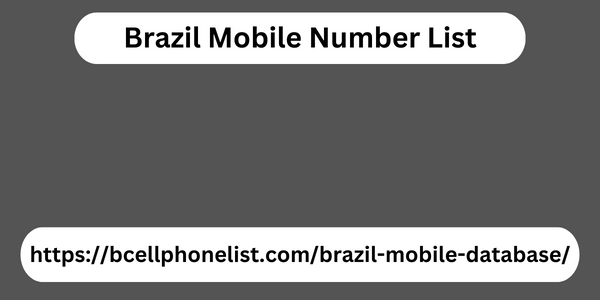|
|
From the window of his train he saw two lights flashing alternately. Wertheimer discovered that what were actually two separate events, his brain perceived as a single light moving from one side to the other. For Wertheimer, it was such an enlightening experience that he decided to cancel his vacation plans (which, I think we can all agree, is the greatest sacrifice one can make for his work) and repeat his visual perception experiment over and over again. . He called it the phi phenomenon : "an illusion of motion that arises when stationary objects - light bulbs, for example - are placed and illuminated rapidly one after another" (source, Encyclopedia Britannica.
The three German musketeers Wertheimer's discovery would cause a great stir in the development of psychology and human perception, as the Phi phenomenon turned out to be not only a single interesting observation, but the basis of a much broader Brazil Mobile Number List theory. Wertheimer, together with two other psychologists and great admirers of his discovery Kurt Koffka and Wolfgang Kohler, showed that the entire perception is different from its individual elements put together or , quoting Koffka himself, " a whole is different from the sum of its parts ." In 1920 the three of them poured all their knowledge about perception into the principles of Gestalt and thanks to this today we understand how we tend to group objects, recognize patterns and simplify complex structures .

But, what did these German gentlemen do for today's Internet? And, more importantly, why is my father's poorly drawn elephant relevant to this story? Well, you probably already know the answer. It doesn't matter if it's my 5-year-old mind analyzing what it sees on the office whiteboard or someone looking at the web interface for the first time: our brains follow certain patterns to organize visual elements into "unified sets." And if we want to design well, understanding these patterns is crucial. Some of the Gestalt principles (with examples from some popular Spanish websites) 1. Proximity If some elements remain close, we understand that there is a connection between them .
|
|